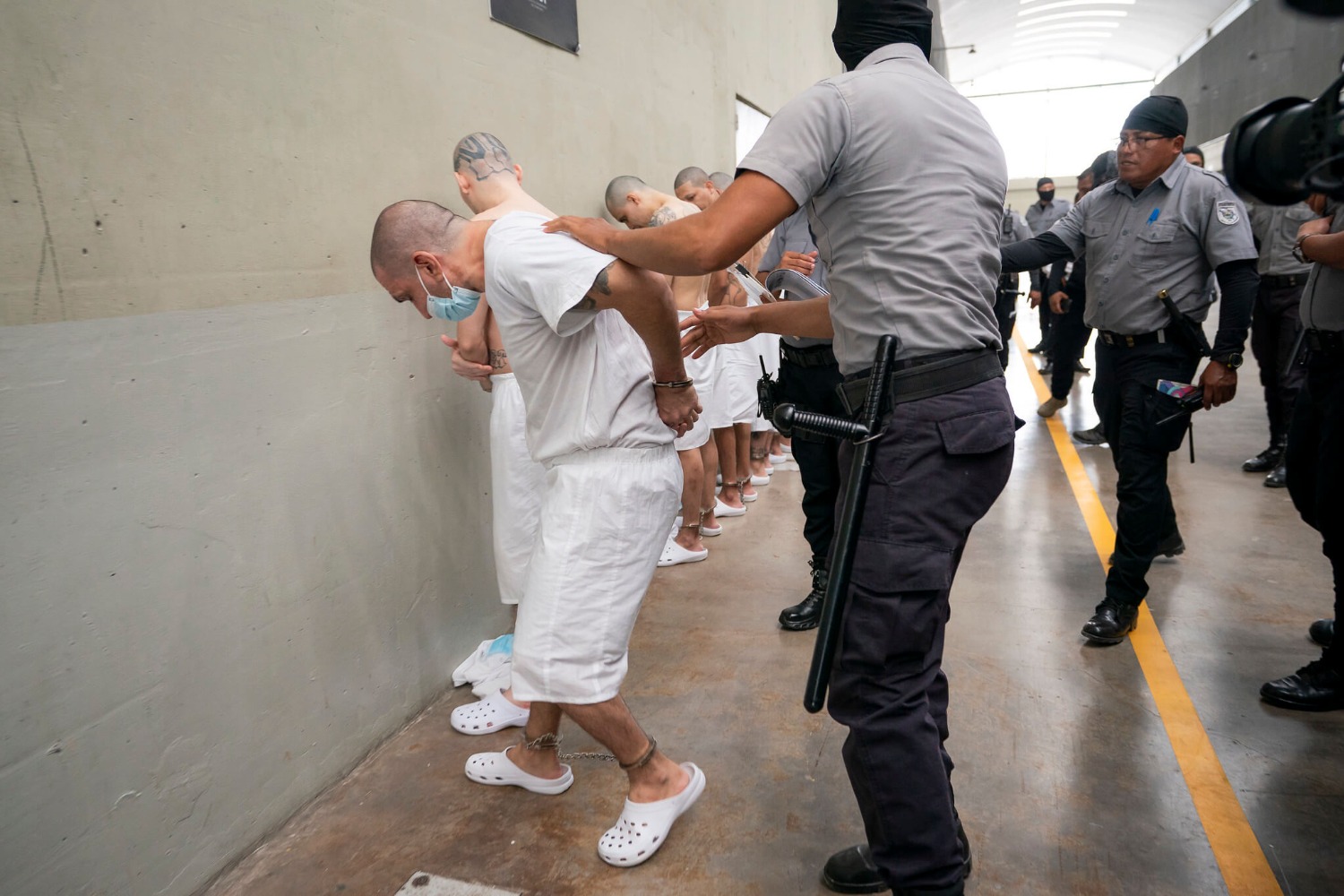United States of America v. Donald J. Trump and Waltine Nauta
-.jpeg?sfvrsn=286db5f1_5)
Published by The Lawfare Institute
in Cooperation With

The indictment of former President Donald J. Trump that was unsealed today by the U.S. District Court for the Southern District of Florida represents a beginning in several distinct senses.
It is, at one level, the beginning of a single criminal proceeding: an indictment which alleges discrete crimes against two individuals, one of whom happens to have served as President of the United States.
It is also, however, the beginning of the broader effort to use federal criminal law as a vehicle of accountability for Trump’s behavior—both in office and following his departure from office. It is, after all, the first federal criminal case against Trump—against whom prior criminal investigations have come up short and other federal and state criminal investigations remain ongoing.
And it is, at the same time, the beginning of new era in American political life, one in which federal prosecutions of former presidents are—fortunately or unfortunately, as Trump might say—no longer either unthinkable or an eventuality to be avoided, either by prudential exercises of prosecutorial discretion (as in the case of Bill Clinton) or by preemptive exercises of the presidential power of clemency (as in the case of Richard Nixon).
If this case goes to trial, it will force Americans to think about these questions and others too. It will require the delicate handling of large volumes of classified material before a jury. It will raise questions about the limits of one of the most sacrosanct principles in our legal system, attorney-client privilege. It will push the ability of the criminal justice system to try a man while he seeks the very presidency whose prerogative of control over classified information he is accused of violating. And it will test Americans’ faith that a Justice Department under the control of one party can impartially and fairly try a former president of the other party even as he seeks to regain the presidency.
All of that is, and no doubt more, is coming in this case—which may, to complicate matters still further, not be the last indictment of Trump. The Jan. 6 investigation, after all, remains ongoing with an active grand jury apparently looking—among other things—at the conduct of the former president. The district attorney in Fulton County, Georgia has all but announced that she plans to seek charges this summer. And the criminal case brought by the New York district attorney is churning along toward a trial date currently scheduled for March of next year.
But for now, all of these questions remain in the future. Before us in the present is a 49-page document docketed as 23-cr-80101 in the Southern District of Florida, conspicuously captioned: United States of America v. Donald J. Trump and Waltine Nauta.
Pause a minute over that caption. The United States of America is seeking justice against Donald Trump. The executive branch of the government of the country is accusing its most recent former leader of crimes that put our national security at risk.
That is a very big deal.
The Allegations
The indictment alleges that as president, Trump gathered hundreds of classified documents owned by the United States and kept them in cardboard boxes at the White House. Some of the documents contained information about “defense and weapons capabilities of both the United States and foreign countries; United States nuclear programs; potential vulnerabilities of the United States and its allies to military attack; and plans for possible retaliation in response to a foreign attack,” the document says.
Since the beginning of the Mar-a-Lago investigation, analysts and journalists have puzzled over the question of how classified material ended up at Mar-a-Lago: Was it a matter of staff shoving stuff in boxes and it ending up in moving trucks? Or was Trump somehow personally involved? The indictment addresses these questions. It clearly alleges that material ended up at Mar-a-Lago because of Trump’s efforts to squirrel them away.
In particular, beginning in January 2021, as Trump was preparing to leave the White House, prosecutors assert that Trump personally directed his White House staff to box a variety of items in anticipation of his departure, including “hundreds of classified documents[.]” Waltine Nauta, Trump’s body man, a former member of the U.S. Navy, and Trump’s co-defendant, was a part of the group directed to assist with this document transfer.
As Trump prepared to leave office at noon on Jan. 20, 2021, the White House staff executed on his directions and delivered these boxes to the Mar-a-Lago Club in Palm Beach, Florida. At the moment he ceased to be president, the indictment states, Trump was no longer authorized to possess or retain these classified documents, nor was Mar-a-Lago an authorized location for the “storage, possession, review, display, or discussion of classified documents.”
The handling of the boxes of classified documents at Mar-a-Lago reads like a dark comedy. For several months, prosecutors allege, some of the boxes were stored on a stage in one of the club’s ballrooms. Nauta then moved them into the club’s business center, until staff needed to use that room as an office, the indictment claims. The records were then moved—we swear we are not making this up—to a bathroom and a shower before staff ultimately emptied out a basement storage room so they could store the boxes there. More than 80 boxes were ultimately relocated to the storage room, which the indictment describes as being “reach[able] from multiple outside entrances, including one accessible from The Mar-a-Lago Club pool patio through a doorway that was often kept open.”
While the boxes were being shuffled around Mar-a-Lago, the indictment alleges that Trump showed classified documents to third parties without security clearances on at least two occasions. Neither incident is clearly a predicate for any of the criminal charges brought in the indictment. Nor is it clear that they could be, as both occurred far from the Southern District of Florida where the matter will be tried. Instead, the special counsel appears to have included them in the indictment for another reason: to show that Trump understood what he was doing was wrong.
The first incident occurred in July 2021 at the Trump golf club in Bedminster, New Jersey, in a meeting with a writer and publisher of a forthcoming book—known from media accounts to be the autobiography of his former Chief of Staff Mark Meadows—as well as two Trump staffers, one of whom made an audio recording of the meeting at Trump’s request. In this meeting, Trump allegedly disputed an account given by a senior military official—known from media accounts to be Chairman of the Joint Chief of Staff Mark Milley—noting fears that then-President Trump might order an attack on a foreign country by producing what he described as that official’s own “plan of attack.” “Secret. This is secret information[,]” Trump is quoted as saying in discussing the document, presumably from the audio recording. “See as president I could have declassified it….Now I can’t, you know, but this is still a secret.”
The second incident took place at the same location in August or September 2021. At a meeting with a representative from a political action committee, Trump is alleged to have produced a classified map of a foreign country where, he commented, an ongoing military operation was not going well. While no recording appears to be available, Trump is alleged to have told the representative that “he should not be showing the map” and urged the representative “to not get too close.”
Throughout much of this period, the indictment alleges, Trump and his staff were also in active correspondence with the National Archives and Records Administration (NARA), which was seeking the return of the broader universe of presidential records that Trump had (improperly, in their view) taken with him when he left the White House. NARA began requesting the return of the documents in May 2021; by June, it was threatening to refer the matter to the Justice Department. In response, prosecutors contend, Trump and his staff at Mar-a-Lago appear to have begun preparing to send at least some documents back to NARA at its request.
Beginning in November 2021, Nauta and another employee—identified as “Trump Employee 2”—began bringing Trump boxes so that he could personally review their contents. The indictment quotes liberally from text messages and photographs they exchanged throughout this process, detailing Trump’s progress in reviewing the boxes and their contents. Around this same time, Nauta found a box that had been knocked over and had its contents spilled on the floor. These included several documents visibly marked as classified. He documented the event in a photograph he sent to Trump Employee 2, which is included in the indictment.
(Notably, however, when he was interviewed by the FBI in May 2022, Nauta allegedly indicated that he had no knowledge of any boxes being stored at Mar-a-Lago or any boxes having been brought to Trump for his review. These statements, which the government contends to be false, form the basis for one of the criminal counts against Nauta.)
On Jan. 17, 2022, Nauta sent 15 boxes of material back to NARA at Trump’s direction. Upon reviewing them, NARA determined that 14 of the boxes contained classified material and referred the matter to the Justice Department. The FBI later identified 197 documents with classification markings in these boxes.
The Justice Department subsequently opened a criminal investigation in March 2022, and a federal grand jury investigation began in April 2022. As part of this latter investigation, the grand jury issued a subpoena on May 11, 2022, seeking the production of all documents with classification markings in Trump’s possession, a subpoena which was served on one of Trump’s attorneys a few days later.
In a number of respects, how Trump and his staff responded to this subpoena forms the real gravamen of much of the criminal conduct alleged in the indictment.
According to the indictment, Trump met with two attorneys—identified as Trump Attorney 1 and Trump Attorney 2—on May 23 to discuss how to respond to the subpoena. These are almost certainly M. Evan Corcoran and Jennifer Little, respectively, two lawyers for Trump who were later compelled to provide information relating to their representation of Trump to the grand jury, following a still-sealed series of judicial rulings concluding that the lawyers’ services were being used as part of an ongoing criminal scheme and that the materials thus fell within the scope of the crime-fraud exception to attorney-client privilege.
The indictment quotes a “memorialization” by Trump Attorney 1 as indicating that Trump expressed reservations about having others review his documents. Trump is alleged to have repeatedly suggested that it would be better if no documents were found. Nonetheless, he agreed that Trump Attorney 1 could return to Mar-a-Lago on June 2 to search the boxes of presidential records brought from the White House to Mar-a-Lago for any documents with classification markings responsive to the subpoena.
Over the next two weeks, before Trump Attorney 1’s return, Nauta is reported to have brought approximately 64 boxes from the storage room to Trump’s Mar-a-Lago residence at Trump’s direction. The indictment gives a play-by-play of the movement of boxes, including time stamps and related text exchanges between Nauta and at least one Trump family member, identified as female but not specifically named. Only about 30 of those boxes were returned to the storage room before June 2, when Trump Attorney 1 arrived to review the documents removed from the White House.
When he arrived that afternoon, Trump Attorney 1 was taken to the storage room to review the records located there, in which he found 38 documents with classification markings. He sealed these documents in a Redweld and prepared them for return to the FBI. After completing his search, Trump Attorney 1 met with Trump to discuss what he had found. During that discussion, Trump made what the indictment calls “a plucking motion,” which Trump Attorney 1 later described in his memorialization as suggesting, “[W]hy don’t you take them with you to your hotel room and if there’s anything really bad in there, like, you know, pluck it out.”
Trump Attorney 1 then contacted a third attorney not involved in the search—identified in the indictment as Trump Attorney 3, whom we know from prior court filings to be Christina Bobb—and asked them to sign a certification he had prepared indicating that “[a] diligent search was conducted of the boxes that were moved from the White House to Florida” and that “[a]ny and all responsive documents accompany this certification.” Trump Attorney 3 did so the next day in her purported capacity as the custodian of Trump’s records. Shortly thereafter, the certification and 38 recovered documents with classification markings were handed over to Justice Department officials. In a meeting with those officials, in the indictment notes, Trump described himself as an “open book.” Yet that same day, several boxes of presidential records that had been removed from the storage room were loaded onto an aircraft and flown north with Trump and his family for the summer.
Of course, as we now know, the story does not end there. The indictment confirms that, in July 2022, the FBI and grand jury obtained and reviewed surveillance video from Mar-a-Lago showing the movement of boxes, which led the Justice Department to secure a court-authorized search warrant. This, in turn, led to the FBI’s search of Mar-a-Lago on Aug. 8, 2022, during which the FBI recovered 102 documents with classification markings from both the storage room and Trump’s office.
The Charges
The first set of charges in the indictment concerns the retention of the classified documents in the first place.
The opening 31 counts all allege the same offense: the willful retention of national defense information in violation of 18 U.S.C. § 793(e). A key provision of the much vaunted Espionage Act, § 793(e) makes it a criminal offense to have “unauthorized possession of, access to, or control over any document…[containing] information relating to the national defense which information the possessor has reason to believe could be used to the injury of the United States or to the advantage of any foreign nation,” where the possessor then “willfully retains [such a document] and fails to deliver it to the officer or employee of the United States entitled to receive it[.]” Only Trump, and not his alleged co-conspirator Nauta, is listed as having acted in violation of the Espionage Act.
That the indictment includes charges under § 793(e) isn’t a surprise. It was one of the original three statutes under which the FBI predicated the search warrant it executed at Mar-a-Lago last year. But the sheer volume of documents held in alleged violation of § 793(e) is notable, not least because of the complications that presenting classified information to a jury can entail. Moreover, the volume of classified material improperly retained is one of the key aggravating factors that leads prosecutors to treat a case as criminal, rather than as an administrative matter.
As then-FBI Director James Comey explained while closing the Hillary Clinton email investigation: “All the cases prosecuted involved some combination of: clearly intentional and willful mishandling of classified information; or vast quantities of materials exposed in such a way as to support an inference of intentional misconduct; or indications of disloyalty to the United States; or efforts to obstruct justice” (emphasis added). Note that this indictment specifically contains allegations as well of two other of the key aggravating factors Comey noted at the time: obstruction of justice and clearly intentional mishandling of material.
The indictment provides specific details on all 31 documents that it alleges were unlawfully retained in violation of § 793(e), including the classification level and the period for which each is alleged to have been unlawfully retained. These 31 documents represent a subset of the broader universe of classified documents that Trump is believed to have unlawfully withheld—one that prosecutors no doubt strategically selected to underscore the risk presented to U.S. national security interests, and potentially to make it easier for them to share with the jury.
From the dates listed, it appears that 21 of the documents were recovered by the FBI in its Aug. 8 search, while the remaining 10 were among those handed to the FBI by Trump’s attorney on June 3, 2022, in response to the earlier subpoena. Twenty-one of the documents are classified at the TOP SECRET level, while nine are identified as SECRET documents and one is unmarked. Several tags identifying special classification categories are represented among the documents, and a number of other similar tags appear to have been redacted from the indictment. The contents are described as ranging from “intelligence briefing[s] related to various foreign countries” to documents “concerning [the] military capabilities of a foreign country” to one document “concerning nuclear weaponry of the United States.”
Notably, the Espionage Act charges are the only ones in the indictment that seek to allege wrongdoing for withholding still-classified documents. In this sense, they are the only charges that might be affected by one of Trump’s leading defenses: that he declassified the documents in question while still President, albeit through a highly informal process—more specifically, in his mind—that was not documented or remarked upon in any outwardly identifiable way. Even then, it’s not clear that Espionage Act prosecution would be impossible if Trump’s claims were true, as the Espionage Act hinges not on whether a mishandled document is classified but whether it constitutes “national defense information” (or “NDI”)—a term that courts have defined broadly to mean all manner of closely held national security information, classified or not. That said, a showing that the documents were technically declassified could certainly weaken prosecutors’ arguments that the withheld documents constitute NDI and, perhaps more importantly, undermine the public’s and jury’s perception of the seriousness of Trump’s alleged misconduct. Hence, even if not determinative, these charges are likely to trigger a healthy debate over the president’s declassification authority, one that could conceivably result in new precedent on a tricky area of constitutional authority.
The next set of charges relates to obstruction of justice.
Counts 32 through 34 of the indictment address alleged violations by both Trump and his aide Nauta of different parts of 18 U.S.C. § 1512, a statutory provision that establishes several criminal violations relating to witness tampering and obstruction of justice. Count 32 alleges that Trump and Nauta conspired to obstruct justice in violation of § 1512(k) by conspiring to move boxes of classified documents so as to conceal them from an individual identified as “Trump Attorney 1” and thereby cause him or her to falsely represent to the FBI that Trump no longer had classified documents in his possession and cause a false certification to be issued to the FBI to that effect. It also alleges that they suggested that Trump Attorney 1 hide or conceal documents in response to the FBI’s subpoena.
Count 33 then alleges the actual act of willfully withholding those records from the FBI in violation § 1512(b)(2)(A), while count 34 alleges the act of corruptly concealing a document or record in relation to an official proceeding in violation of § 1512(c)(1).
Though the indictment does not state as much expressly, media reports make clear that Trump Attorney 1 is likely Trump attorney M. Evan Corcoran, who conducted the May 2022 search of boxes of classified records at Mar-a-Lago and produced a number of classified records he found there in response to the FBI’s subpoena on Trump’s behalf. Corcoran also authored the June 2 certification provided to the FBI that was later shown to be false, though another lawyer signed it on Trump’s behalf.
Earlier this year, Corcoran was reportedly compelled to provide various records relating to his representation of Trump to the grand jury. While he initially claimed that these records were subject to attorney-client privilege, a federal district court judge in Washington, D.C. held that those records fall within the crime-fraud exception to the privilege and thus must be produced to the grand jury—a view that the D.C. Circuit upheld on a heavily expedited appeal.
These materials reportedly included a long verbal memo wherein Corcoran laid out in vivid detail his conversations with Trump and his concerns with his access to documents at Mar-a-Lago. Corcoran’s account of these conversations appears to have made its way into the indictment, which quotes several statements that Trump allegedly made in conversation with Trump Attorney 1 and another attorney—including some that appear to suggest that Trump wanted Corcoran to remove or destroy problematic documents instead of providing them to the FBI.
The prospect that one of Trump’s lead attorneys might be forced to testify against him—or that Corcoran’s voice recordings might be used to prosecute his client—promises one of the more sensational aspects of any ultimate criminal trial. But it may pose challenges for prosecutors as well. While both a D.C. federal district court and the D.C. Circuit held that attorney client privilege was not a bar to producing these records to the grand jury, it’s not clear that their holdings—which remain under seal—reached the question of whether that same evidence would be admissible in a criminal trial. Perhaps more importantly, these holdings would not necessarily bind the district court in Florida or the Eleventh Circuit Court of Appeals. And absent this evidence, it may be harder for prosecutors to prove these violations. That said, media reports indicate that investigators were also pursuing security camera footage and testimony from other Mar-a-Lago employees, which may prove sufficient for prosecutors to make their case even without Corcoran’s statements.
Count 35 alleges a violation of 18 U.S.C § 1519, which establishes criminal violations for those who destroy, alter, or falsify records or other “tangible objects” in federal investigations with an aim to interfere with the investigatory process. This count also incorporates 18 U.S.C § 2, which provides that anyone who “aids, abets, counsels, commands, [or] induces” an offense “against the United States” or “procures its commission” or “willfully causes an act to be done which if directly performed by him or another would be an offense against the United States, is punishable as a principal.” In other words, an individual —Nauta, in this instance—who counsels or assists another in committing a crime can be held liable and punished as if he were the principal perpetrator of the offense.
In this instance, during the federal criminal investigation being conducted by the FBI, defendants Trump and Nauta are alleged to have “hid,” “concealed,” and “covered up” Trump’s continued possession of documents with classified markings at the Mar-a-Lago Club from the FBI during its initial attempt to collect documents from Mar-a-Lago. Among other things, Trump allegedly directed Nauta to move boxes before the review of Attorney 1 (again, believed to be Evan Corcoran). In addition, Trump is alleged to have caused a false certification—the one submitted by Attorney 3, believed to be Christina Bobb—to be submitted to the FBI.
The final set of charges relates to alleged false statements to government officials in official proceedings.
Counts 36 through 38 allege violations of 18 U.S.C. § 1001(a), which applies to anyone who “knowingly and willfully—(1) falsifies, conceals, or covers up by any trick, scheme, or device a material fact; [or] (2) makes any materially false, fictitious, or fraudulent statement or representation.” False-statements charges frequently accompany complex investigations (see, for example, the prosecution of former Trump National Security Advisory Mike Flynn) and, like the obstruction charges, these reflect the truism that it’s often not just the crime that’s the problem—it’s also the cover-up.
Count 36 applies to both Trump and Nauta and alleges that, during the investigation, the two operated a scheme to conceal Trump’s continued retention of classified documents from the grand jury and the FBI. Count 37, by contrast, applies only to Trump and alleges that he directed “Trump Attorney 3” (Christina Bobb) to sign a sworn certification that Trump’s attorneys had conducted a “diligent search” of Mar-a-Lago and that all classified documents had been returned to the government—a certification that the indictment alleges Trump knew to be false. Count 38 applies to Nauta and alleges that, in a voluntary May 2022 interview with the FBI (discussed at further length below), Nauta knowingly lied about the existence and location of classified documents at Mar-a-Lago.
The Judge
One surprising turn the case took almost immediately was its assignment to Judge Aileen Cannon, the Trump-appointed district judge who made headlines last year for her controversial appointment of a special master to oversee the handling of classified documents seized in the search of Mar-a-Lago. After the FBI executed its search warrant at Mar-a-Lago, Judge Aileen Cannon ruled that a special master to oversee the handling of seized documents was appropriate because of potential privilege issues. As a part of her decision, she also enjoined the government from reviewing the seized documents for “investigative purposes.” The Eleventh Circuit partially stayed this decision a few weeks later and vacated it entirely at the end of last year.
How Judge Cannon ended up assigned to the case at hand is something of a mystery. When the news initially broke, some speculated that she had been given the case because of her role presiding over the related special master matter. Yet that theory would be inconsistent with normal procedures within the Southern District of Florida, which generally assigns new cases to judges at random. While there is a rule that allows parties to a case to request a transfer to a judge presiding over a related matter, that rule terminates when the related case is no longer pending. Here, Trump’s special master suit is no longer pending; the case has been closed since December of last year. What’s more, the Justice Department specifically indicated in the indictment itself that Trump’s case is not related to another matter. So it is unlikely that Cannon was assigned the case because of her involvement with the special master litigation.
All of which means that Cannon was likely randomly selected once again to preside over the case of the former President who appointed her to the bench. On its face, this is a seemingly unlikely outcome. According to the internal operating procedures in the Southern District of Florida, new cases are randomly distributed among the district’s 15 active judges and 11 senior status judges.
Yet those odds change when one considers the import of the Southern District of Florida’s “one division rule.” Under that rule, cases are randomly assigned either to judges in the division where a new case originates or a neighboring division. Cases that originate in Miami, for example, would usually go to judges who preside in Miami, Fort Lauderdale, or Key West. Meanwhile, cases that originate in West Palm Beach would typically be assigned to judges sitting in West Palm Beach, Fort Lauderdale, or Fort Pierce.
Under these rules, you would be forgiven for thinking that Judge Cannon—a Fort Pierce judge who also keeps chambers in West Palm Beach—could not be assigned to Trump’s case, which was filed in the Miami division. After all, neither the Fort Pierce division nor the West Palm Beach division border the Miami division. But it appears that Trump’s case originated in West Palm Beach, not Miami. Reports indicate that the grand jury that handed down Trump’s indictment was a West Palm Beach grand jury sitting in Miami as a result of COVID-19 safety protocols. And the Justice Department selected the West Palm Beach division on its filing sheet in the indictment. It is thus likely that the case was designated as originating in the West Palm Beach division—meaning that Cannon would have been eligible for assignment to Trump’s case as a judge who sits in that division and the neighboring Fort Pierce. What’s more, the odds of her selection would be considerably higher within the smaller pool of judges drawn from the assignment wheel in the West Palm Beach division.
However Cannon ended up assigned to the case, it is unclear whether she will remain on board past the arraignment—and, if she does, what impact her assignment might have on the case. For now, Judge Cannon’s history with the case might reasonably lead one to conclude that her assignment is a disaster for the special counsel and a boon for Trump. But Cannon, a former prosecutor, is no stranger to criminal trials. Nor is the forthcoming criminal trial likely to implicate the same unusual circumstances and consideration of open-ended equitable principles as the debate over the special master did, at least in her view. And it remains to be seen whether the sharp rebuke she received from a panel of her colleagues on the Eleventh Circuit—each appointed by Republican Presidents—has tempered her apparent inclination to mangle the law in favor of the former President.
The Potential Penalties
As always happens when a grand jury hands up a major case, the press today is eagerly summing up the maximum penalties that Trump and Nauta could theoretically face. Such activity is fun for journalists because the numbers get big really quickly. After all, each of the first 31 counts—the Espionage Act charges, which only Trump faces—carries a maximum 10-year term and $250,000 fine. Charges 32 through 35, which are the obstruction of justice counts that both Trump and Nauta face, each carry a maximum 20-year term and, also, a $250,000 fine. Finally, the last three counts, counts 36 through 38—for scheme to conceal and false statements under 18 U.S.C. §1001—each carries a maximum five-year term and a $250,000 fine. Trump is charged in all of those except count 38, and Nauta in all but count 37.
Fun, maybe, but also highly misleading. If either defendant should ultimately be convicted—which is a long way down the road—it’s unthinkable that either would receive the sorts of prison terms those maximums conjure up.
To get a sense of the real potential penalties Trump may be facing, you have to make comparisons to other cases, keeping in mind the differences between them and this case (as alleged). Just last week, for instance, former Air Force intelligence officer Robert Birchum was sentenced in the Middle District of Florida on a single count of violating 18 U.S.C. §793(e), to three years for having willfully retained more than 300 classified documents, including 43 at the Top Secret level. There are numerous differences between his case and Trump’s. To begin with, he pleaded guilty—which immediately reduces his offense severity under the sentencing guidelines by three levels. In addition, he was not charged with obstruction of justice—let alone with multiple counts of it stretching over a period of many months. Finally, there was no evidence in the sentencing memoranda submitted in that case suggesting that Birchum ever disseminated or communicated any of the classified information he hoarded. In this case the government alleges that on at least two occasions Trump did so.
In connection with the Birchum case, the government submitted to the court some cases to use as comparisons. For the five cases involving willful retention of Top Secret documents—all of which were, again, guilty pleas—the average sentence was 49.8 months, or just over four years.
What Happens Next?
One issue to watch for in the litigation is how the government tries to prove the 31 counts of retaining national defense information. There are two main ways the government could try to do that, though both are fraught. The way this is often done in Espionage Act prosecutions is by using something known as the “silent witness rule.” An alternative to that approach would be for the government to seek permission from all the relevant intelligence community stake-holders to declassify these 31 documents on the theory that the public interest now outweighs the risk that their exposure would expose to national security. Both approaches, which we will explore in the coming days, are potentially fraught, and it’s likely that a great deal of thought on the part of the special counsel’s office went into the selection of the 31 documents in question for exactly this reason.
The first step will be the arraignment on Tuesday. A key next question is whether other indictments will follow, either in Washington or, less likely, in New Jersey—where the conduct at Bedminster took place. Next will come, presumably, motions to dismiss and a lot of discovery disputes and litigation under the Classified Information Procedures Act (CIPA).
The CIPA litigation will tend to drag out. Other cases heavy with classified material have often required interlocutory appeals on CIPA matters, so don’t expect this case to go to trial quickly.
That said, having these allegations on the record, having the special counsel put down on paper and in public that which the government contends it can prove about Trump’s behavior beyond a reasonable doubt using admissible evidence is a breakthrough. No longer is Trump the subject of endless federal investigation that never results in any charge. He is now indicted, and for unquestionably serious crimes for which others have served significant time in prison.
It is a moment of genuine accountability.


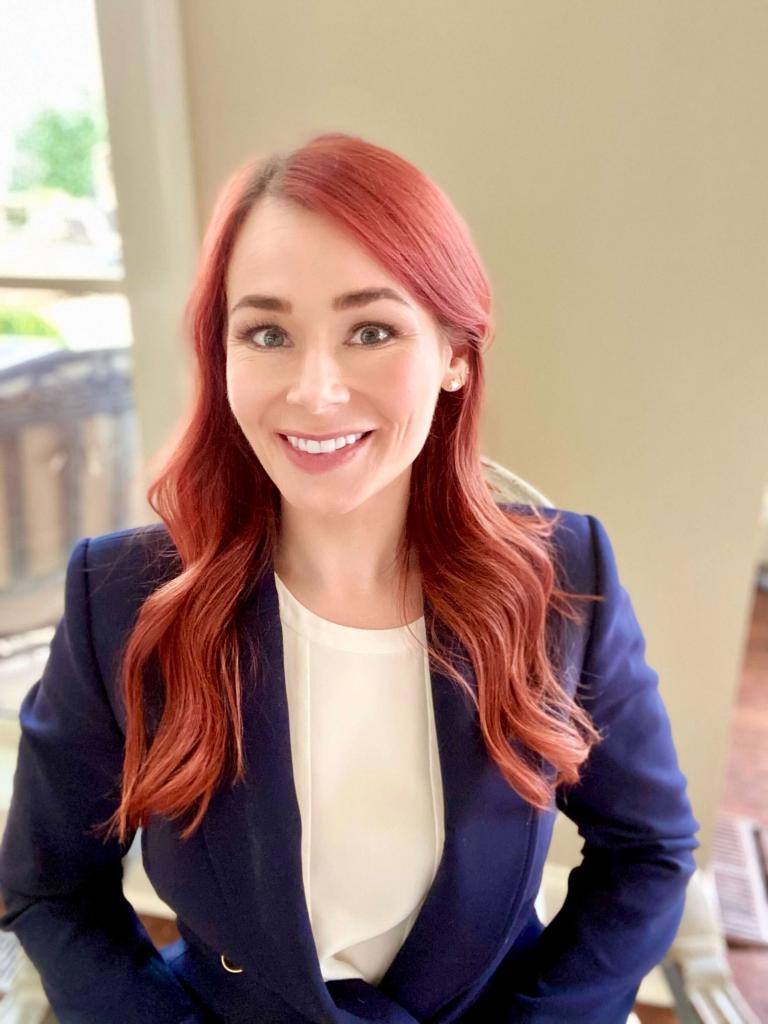



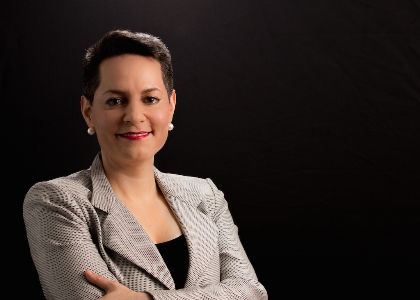

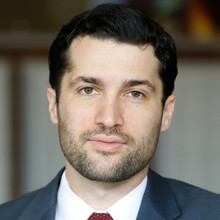

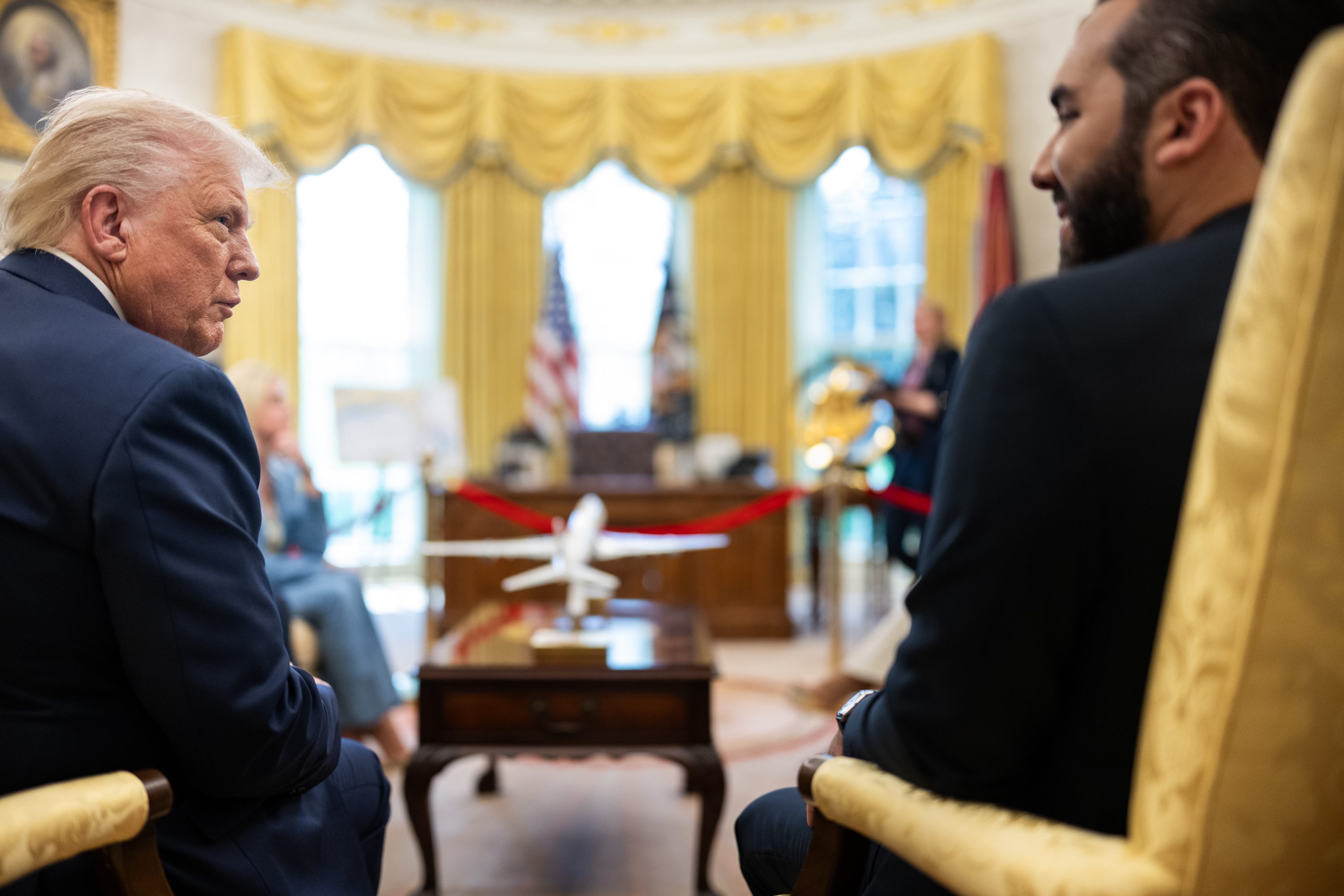
.jpg?sfvrsn=676ddf0d_7)
